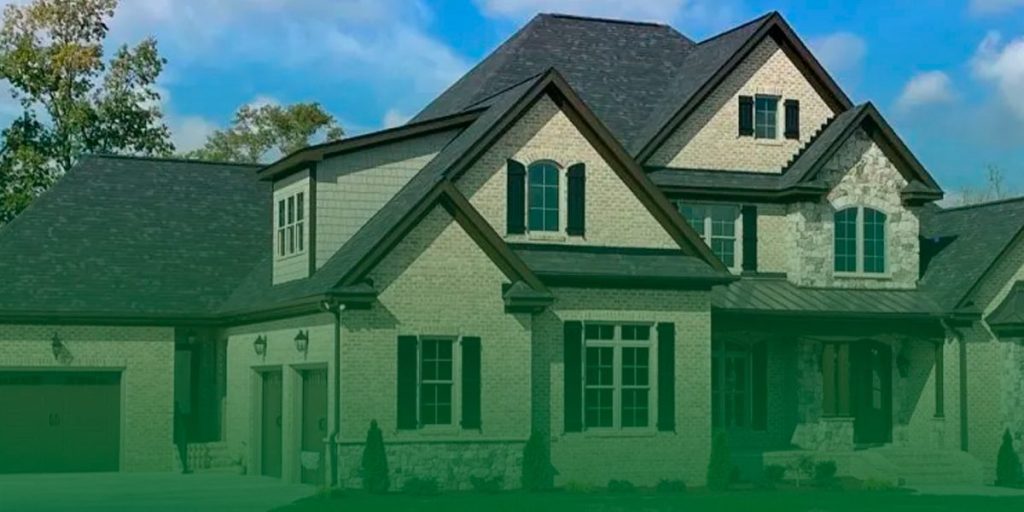
When you open and close your garage door, the moving parts rub together as it cycles up and down. Keeping your door in peak condition by lubricating it can help extend its life span and prevent a noisy garage door.
Follow the steps below every six months for quieter, longer, safer garage door operation.
Before lubricating your door’s components, take the time to inspect your door by completing the following:
During this inspection, note any worn parts and replace them where possible, with one exception — the springs. These elements are under significant tension and require specialized tools and skills to change. Always contact a qualified professional for safe spring replacement.
Garage doors need more than a standard WD-40 treatment. Opt for silicone-based or synthetic lubricants or white lithium grease for the best results. Your owner’s manual may also provide the manufacturer’s recommendations.
Debris-free tracks promote smoother roller operation. A vacuum can help you quickly remove larger elements. Once you’ve finished that, wipe the tracks with a damp cloth to get the smaller debris. For stubborn spots, try an automotive brake cleaner.
Tracks aren’t a moving part of the system, and we generally don’t recommend lubricating them.
The next step addresses the hinges and rollers. Start by lifting the door slightly and clearing any dirt or debris. Then, spray the lubricant on both sides of the hinges and brackets before removing the excess with a rag.
Lubricating the rollers is only necessary if you have metal ones — those made of plastic or nylon can degrade faster when exposed to petroleum-based agents. To lubricate metal rollers, use the straw to direct the spray onto the rollers’ ball bearings. Manually open and close the door to spread the lubricant evenly and wipe the excess with a cloth.
Keeping springs lubricated helps prevent corrosion which can lead to an early break. Spray them with the lubricant and use a rag or putty knife to spread the material around. Cycling the door by hand again can also help distribute the agent. Repeat the process with the bearing plates at the door’s top and remove any excess before moving on.
Next, it’s time to lubricate the top rail where the chain travels and the armbar connecting it to the garage door. Add the lubricant and distribute it before removing any excess. Lastly, treat your garage door’s lock with grease to prevent rust and ease operation.
Repower your automatic opener and test the door to see how it looks and sounds. If the noise remains or you notice something needing repair, reach out to a local garage door expert for an appointment.
Drake Reed Door Company is your trusted source for preventive garage door services throughout central Pennsylvania. Our team has a five-decade-plus history of exceptional service and industry expertise.
Call us at 717-266-2698 or contact us online to request a service appointment.